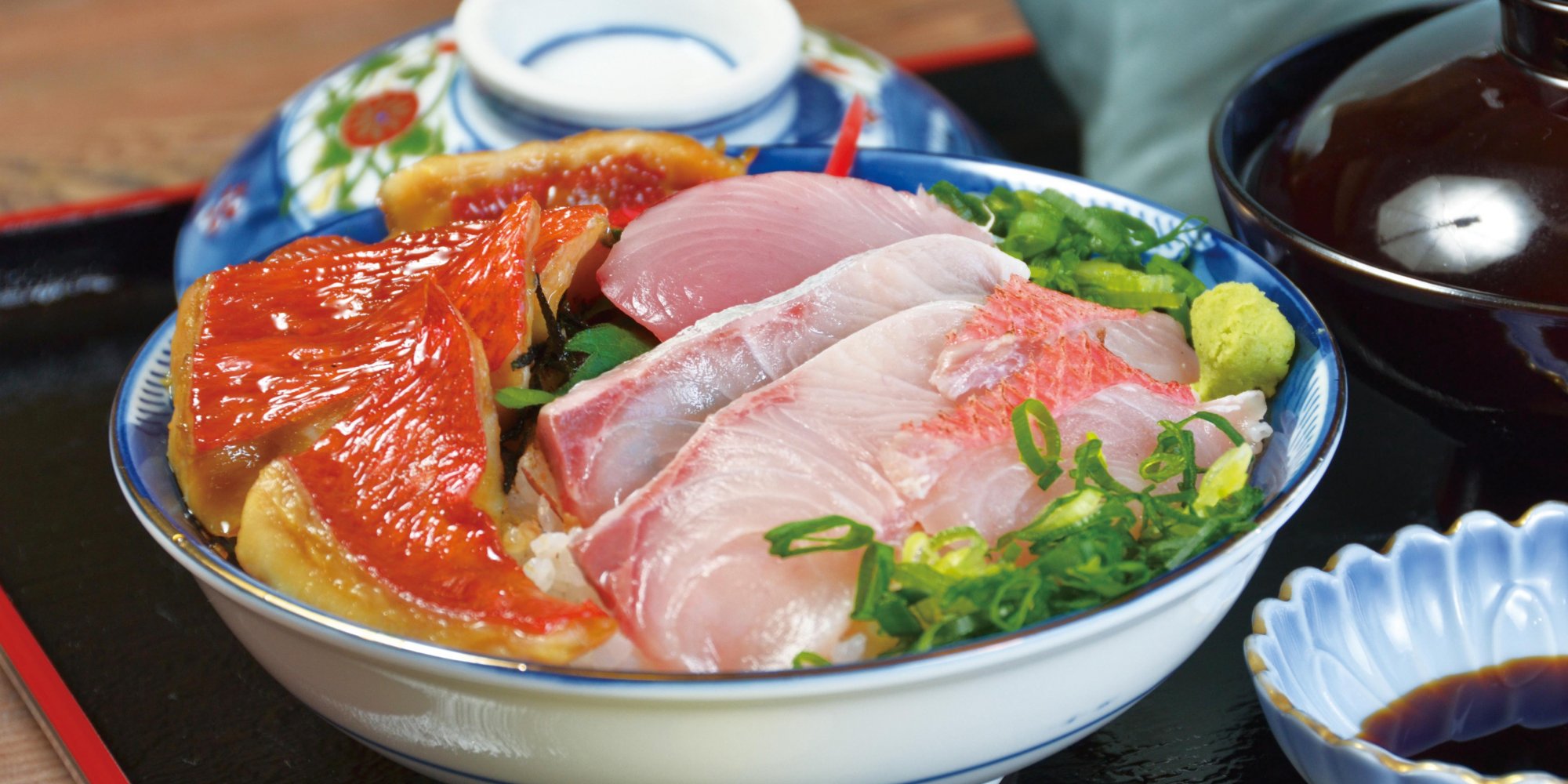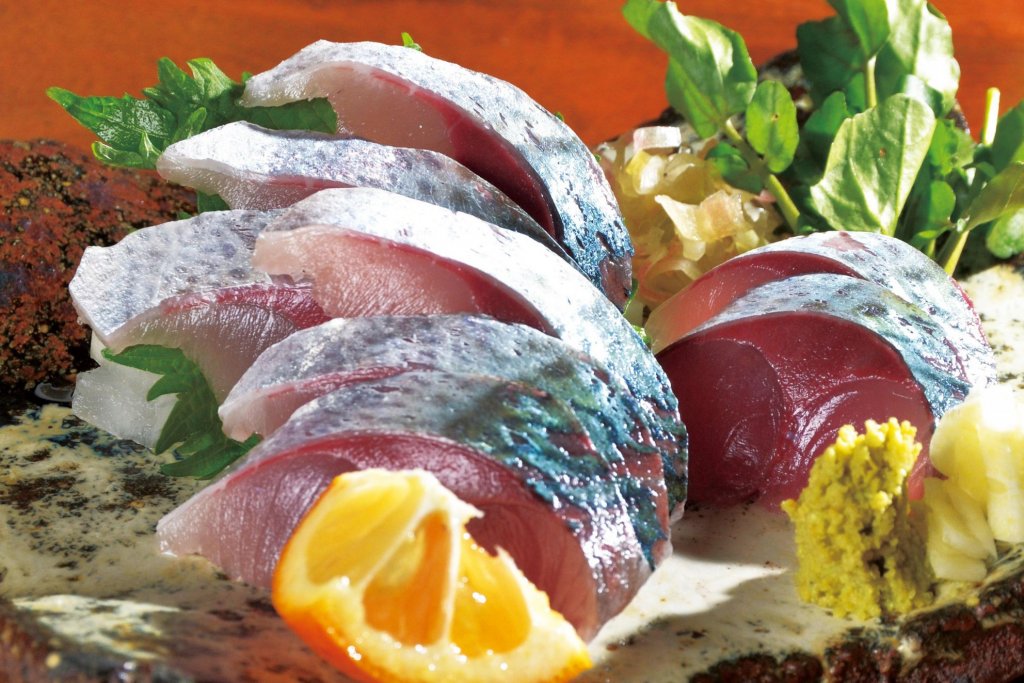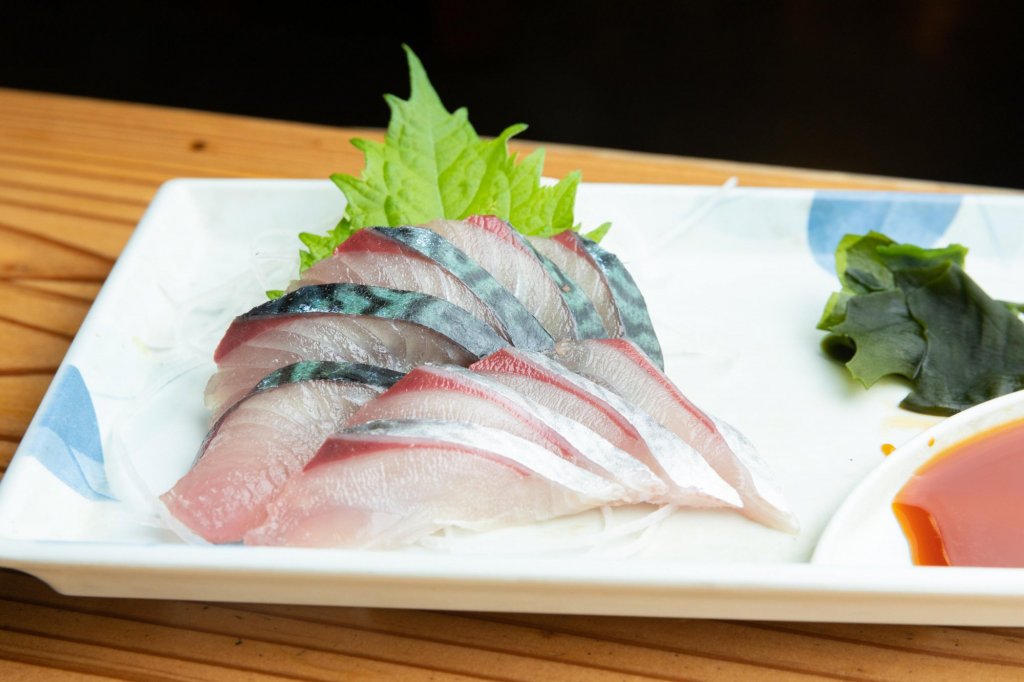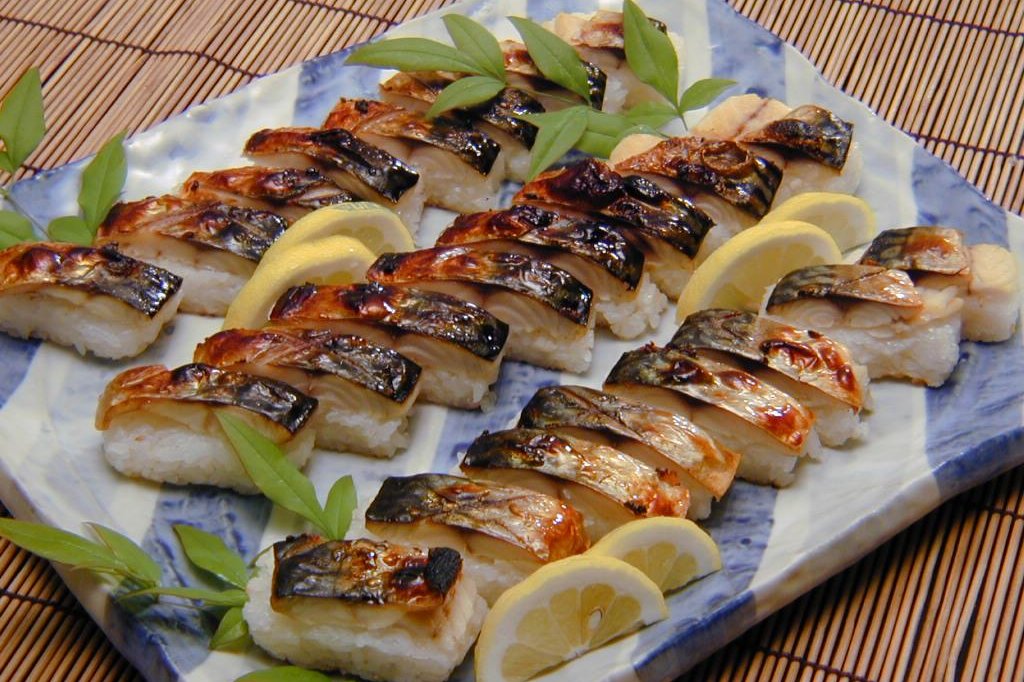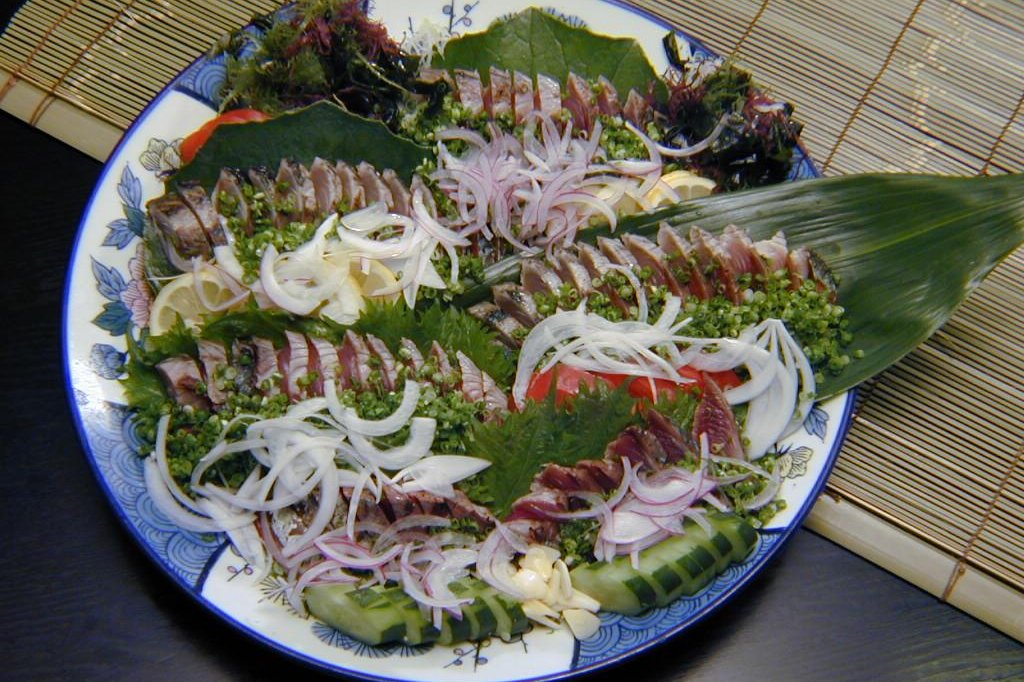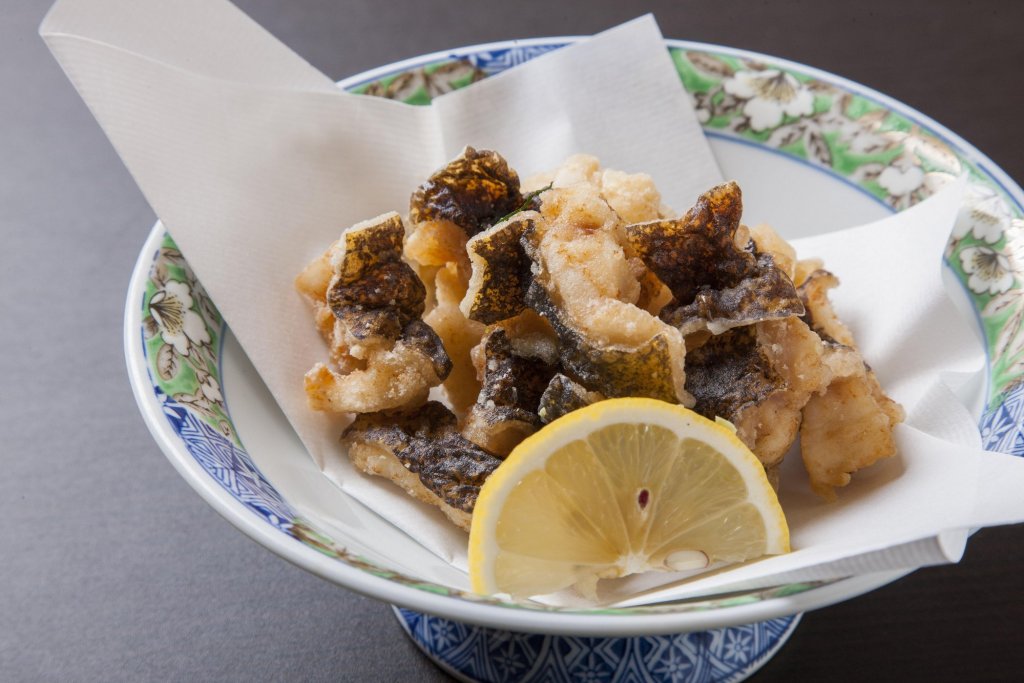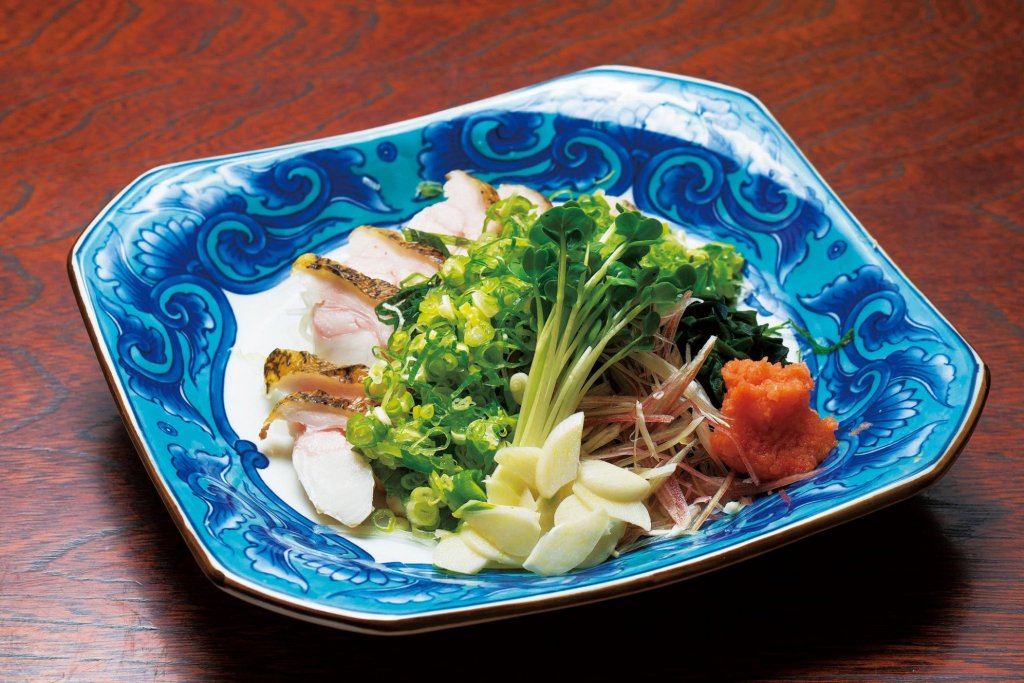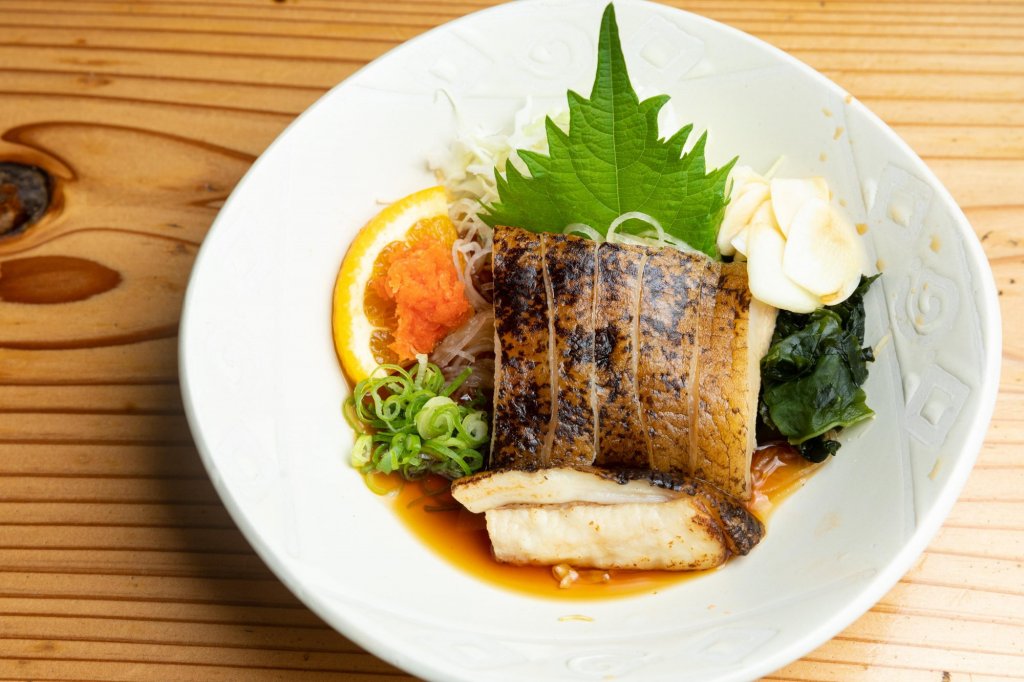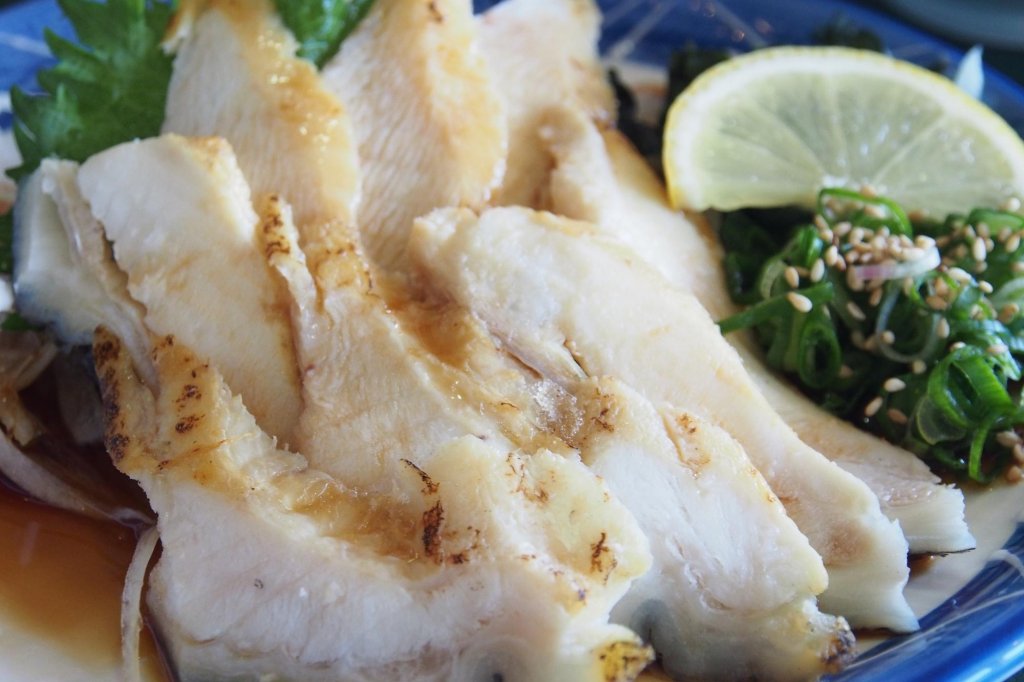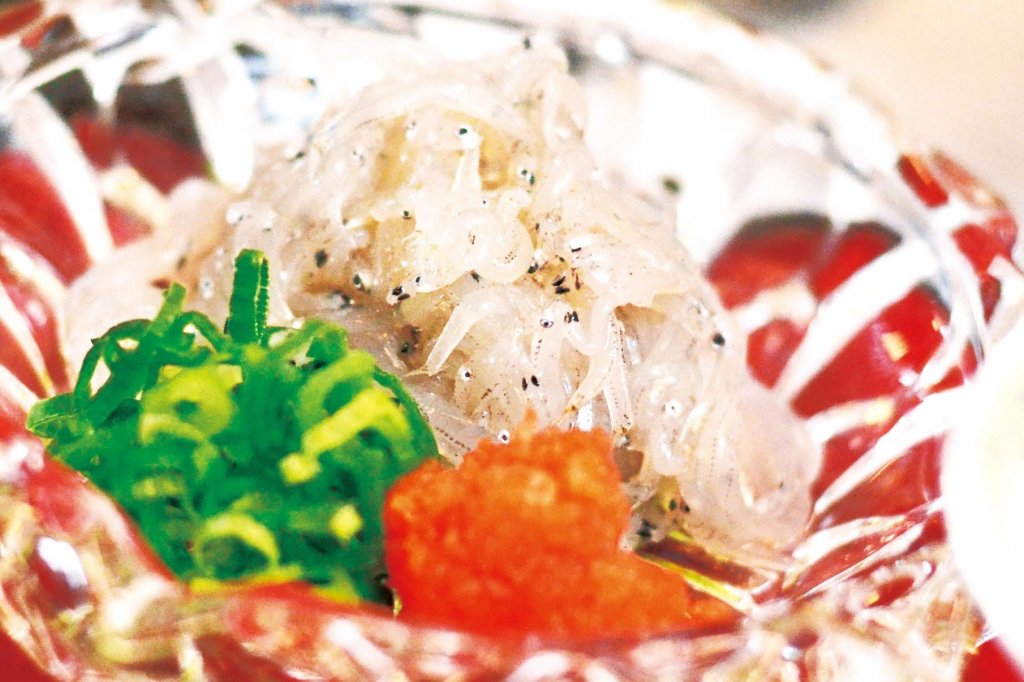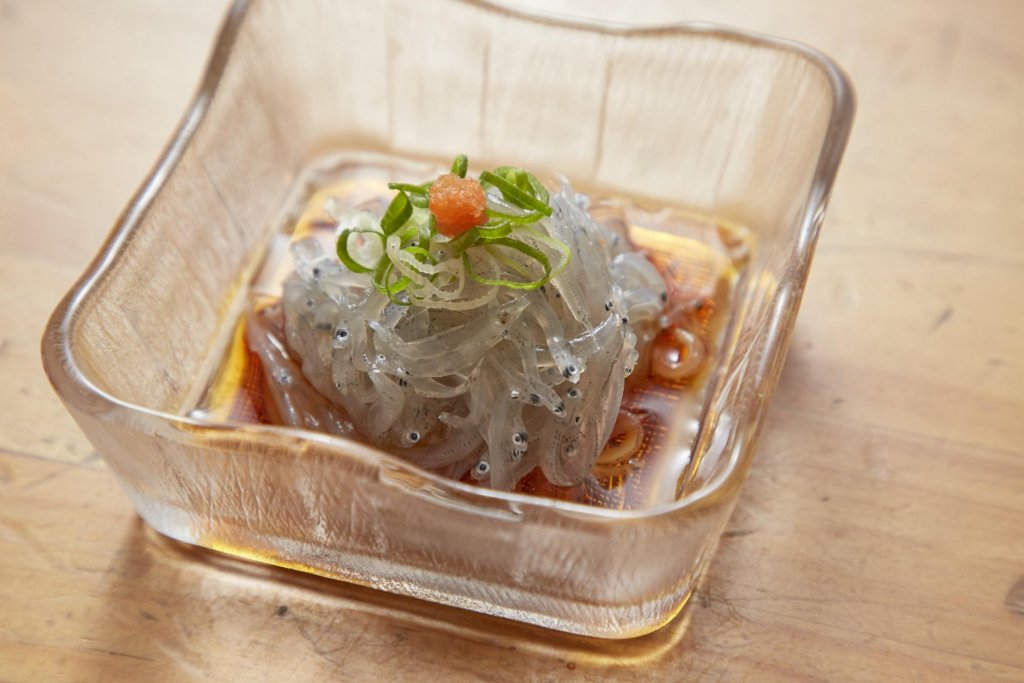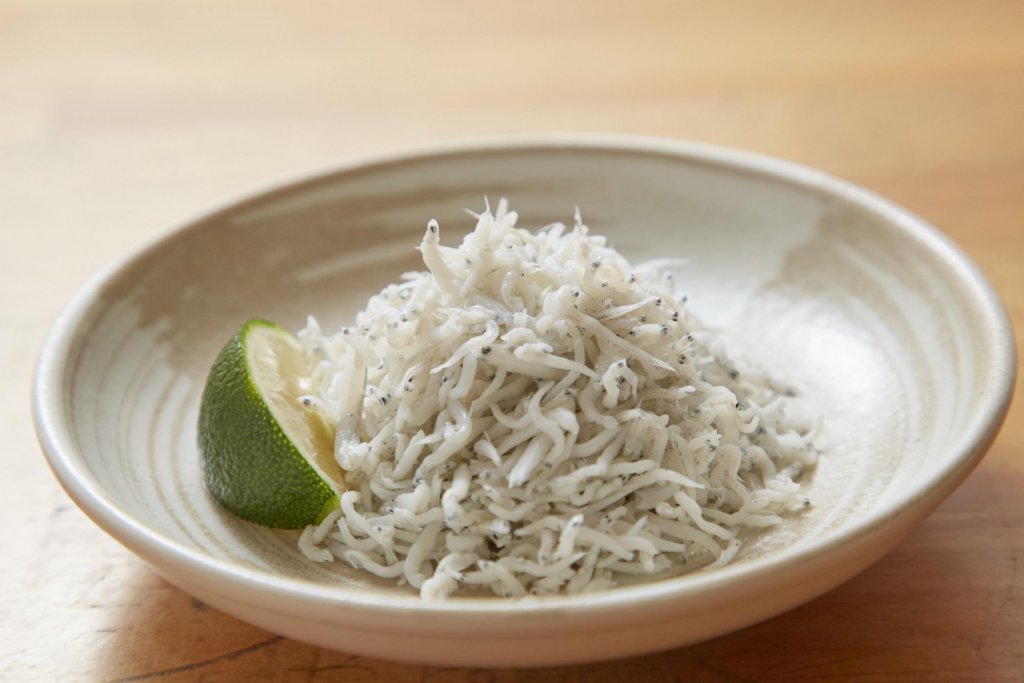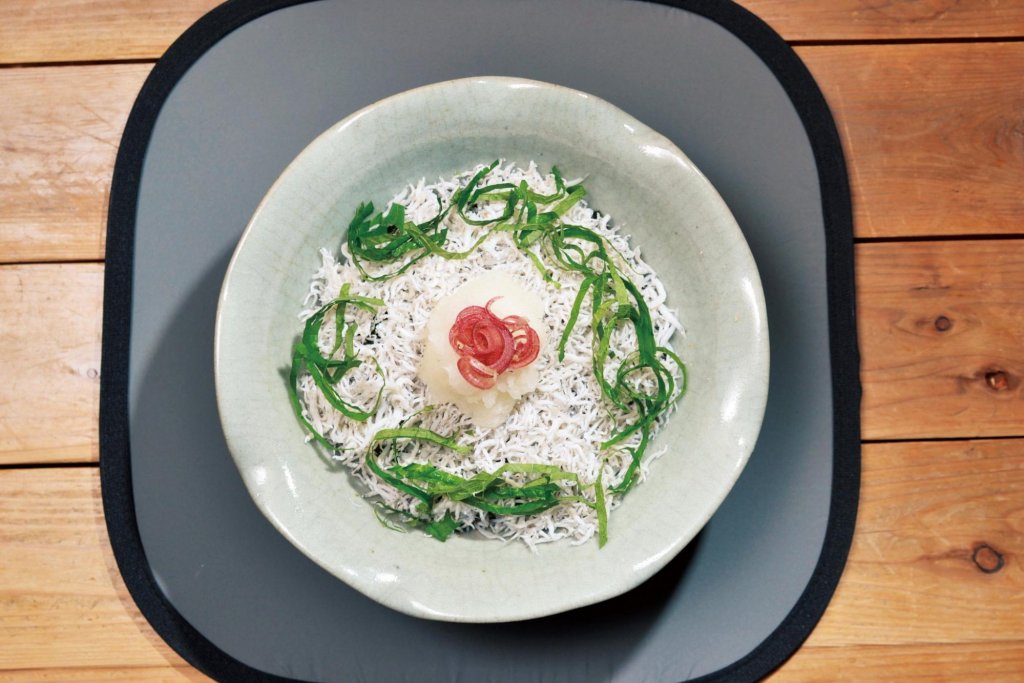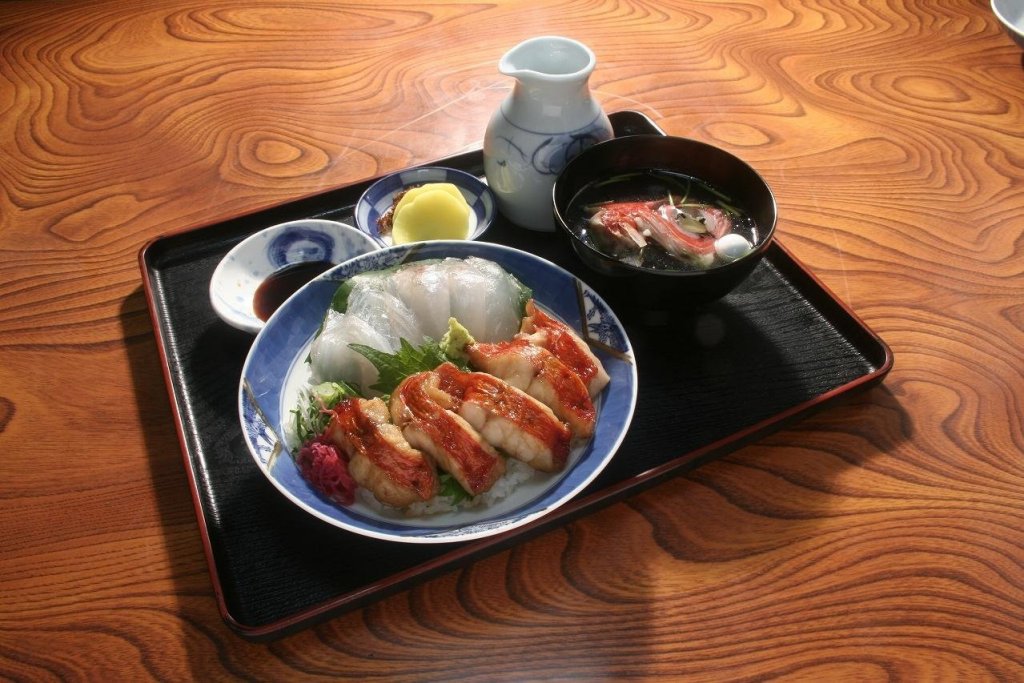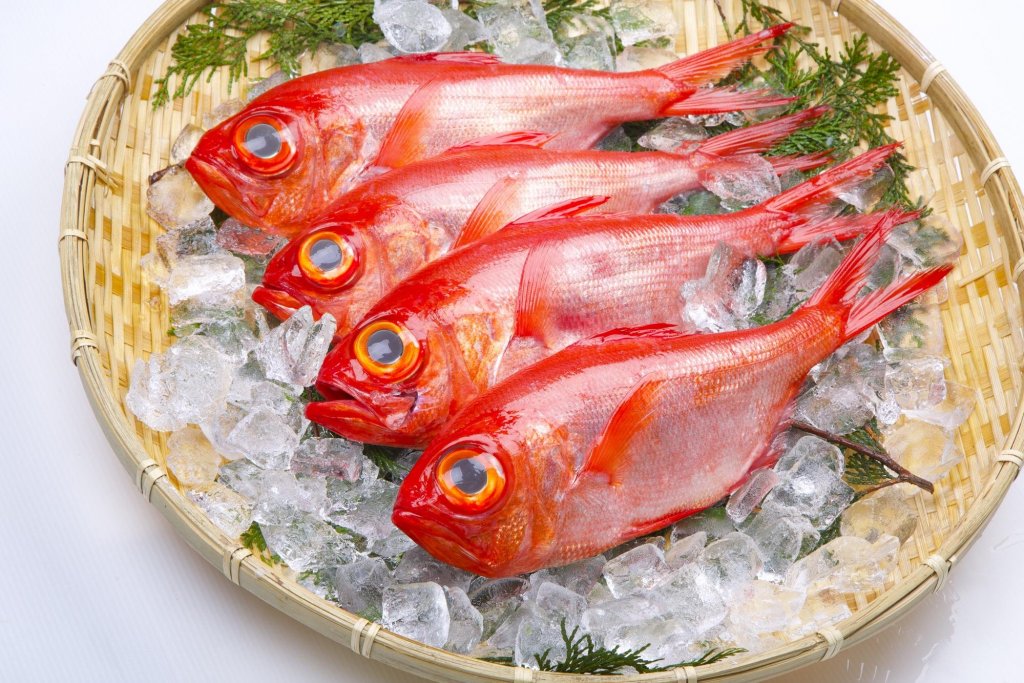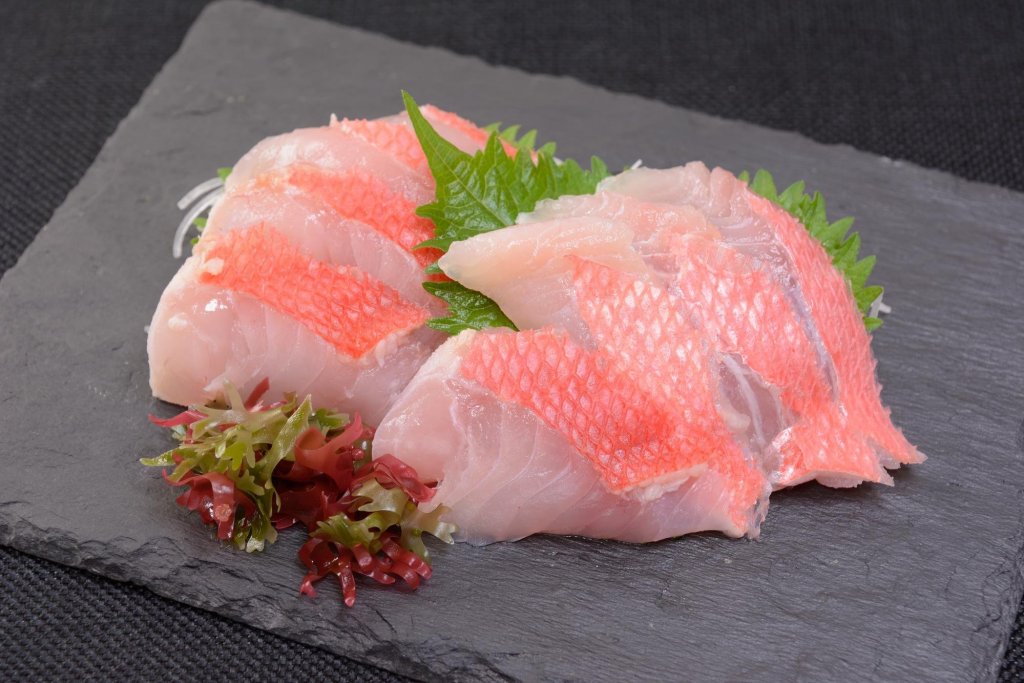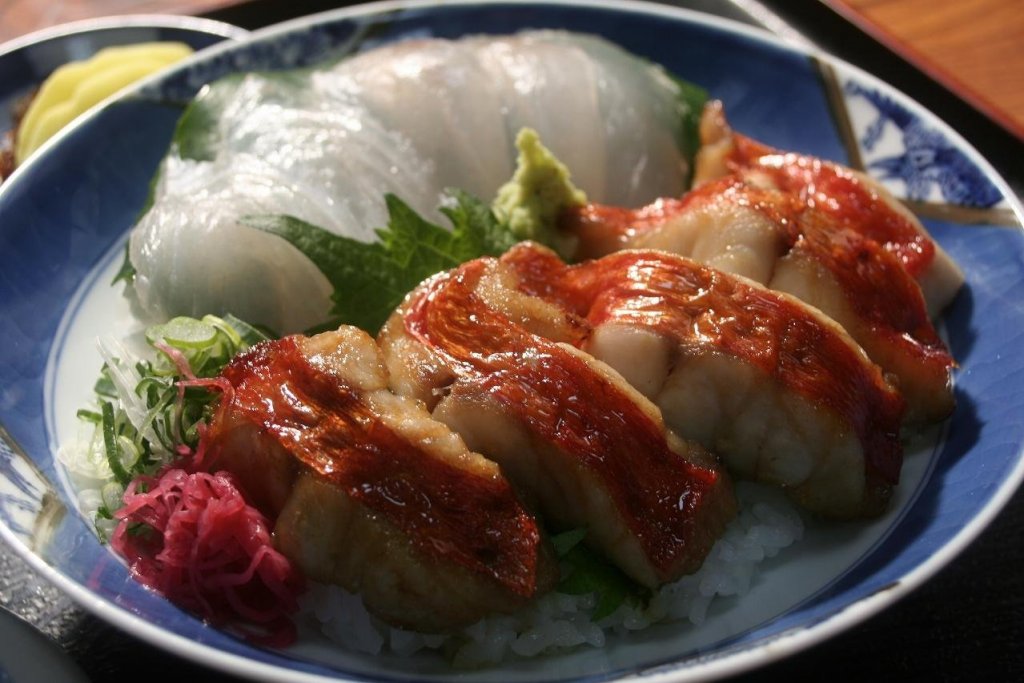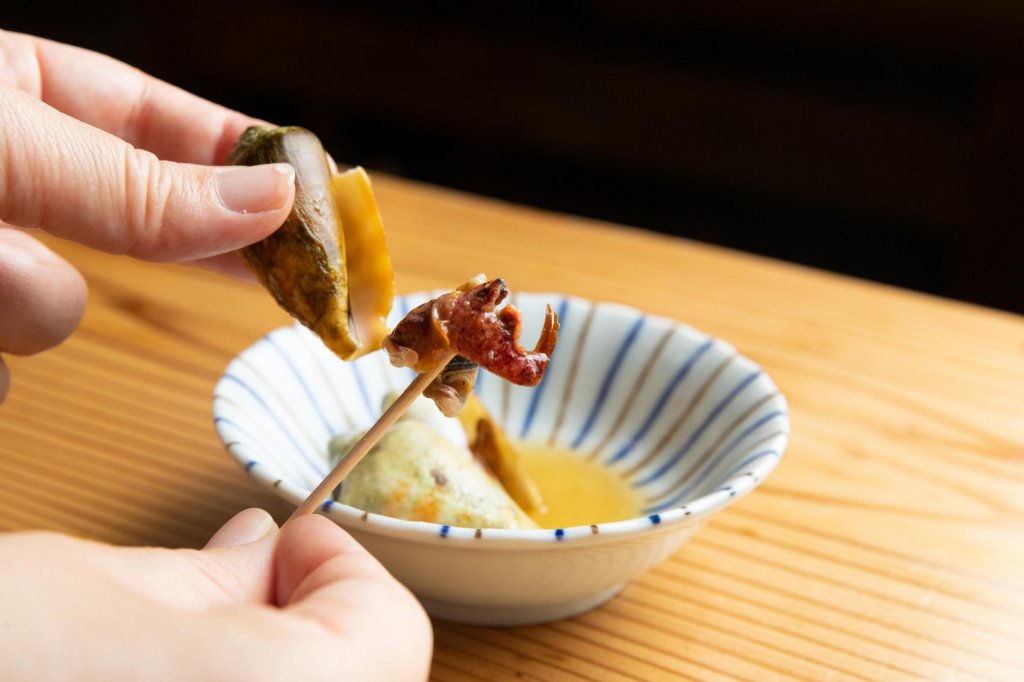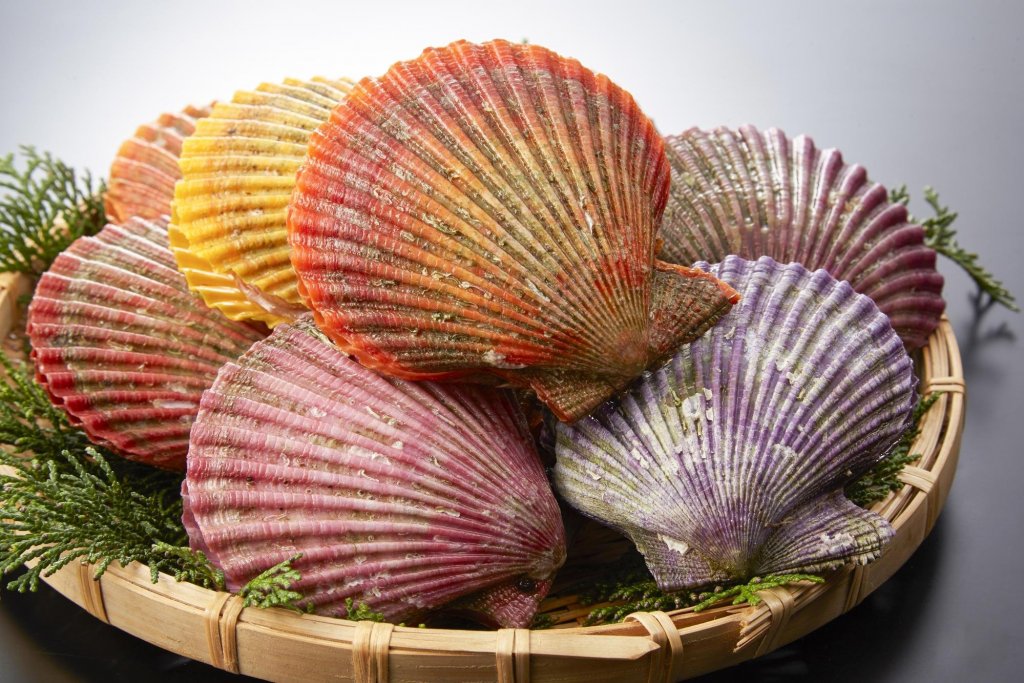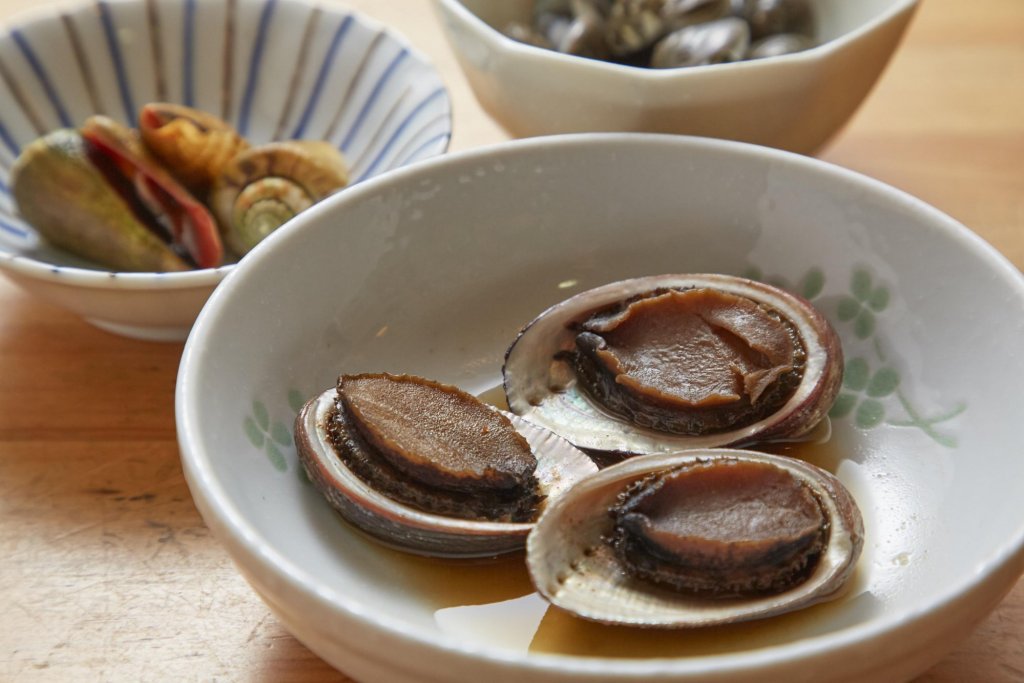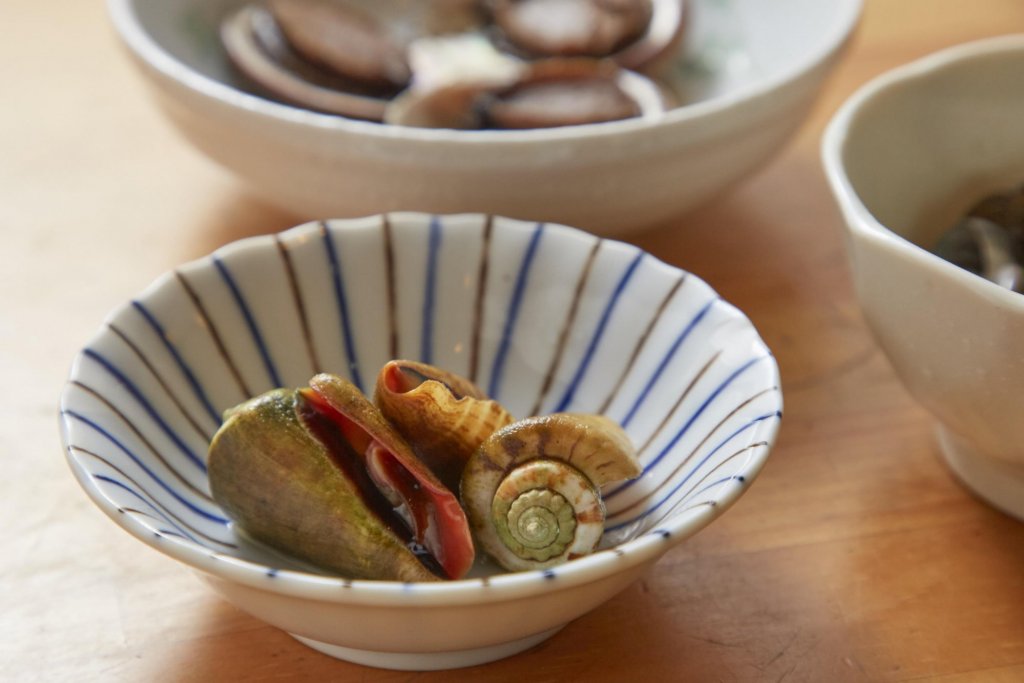Beyond Bonito: Kochi Seafood You Need to Try
With 700km of coastline facing the Pacific Ocean and warmed by the nutrient-rich Kuroshio Current, Kochi Prefecture has a wealth of marine life. Seafood is abundant, fresh and you may come across some rare varieties of fish and shellfish that are not found anywhere else in Japan. There is more to Kochi’s specialties than just the iconic katsuo no tataki (seared bonito).
Shimizu saba: mackerel so fresh you can eat it as sashimi
Mackerel are one of the most commonly blue-backed fish eaten in Japan. Shimizu saba refers to mackerel caught off the coast of Tosashimizu City in Kochi’s southwest, and is so delicious it has basically become a brand in of itself.
The mackerel swim through rapid ocean currents, so the fish has a lean, pleasant texture. In order to make sure the mackerel aren’t bruised or spoiled, they are fished out of the water individually and put into the fish hold on the boat before being brought to shore. This means the mackerel in Kochi is super fresh!
Regular mackerel is usually eaten cooked, due to its rather strong fishy taste. However, Shimizu saba has a much smoother flavor and is often served as sashimi! Of course, there are a number of other ways people in Kochi like to eat this local mackerel, such as searing it quickly on the outside, sautéing it or making it into saba sushi.
The mackerel swim through rapid ocean currents, so the fish has a lean, pleasant texture. In order to make sure the mackerel aren’t bruised or spoiled, they are fished out of the water individually and put into the fish hold on the boat before being brought to shore. This means the mackerel in Kochi is super fresh!
Regular mackerel is usually eaten cooked, due to its rather strong fishy taste. However, Shimizu saba has a much smoother flavor and is often served as sashimi! Of course, there are a number of other ways people in Kochi like to eat this local mackerel, such as searing it quickly on the outside, sautéing it or making it into saba sushi.
Moray eels: they taste better than they look
Utsubo (moray eels) are pretty scary-looking, to the point that in Japanese they are nicknamed the “gangsters of the sea.” But once you get beyond their looks, moray eel meat is thick and tender, with a light and pleasant taste similar to chicken. The skin is high in collagen and has a rich umami flavor.
While moray eels can be caught across Japan, there are very few places outside of Kochi where people actually eat them. The main reason is that moray eels are full of sharp bones, so preparing them takes a lot of time and effort. In Kochi, there are many ways to enjoy moray eel. Deep-fried utsubo karaage is reminiscent of fried chicken and is one of the most popular choices. You can also try moray sashimi, a collagen rich gelatin called nikogori, or have the eel seared in the tataki style so popular in Kochi.
While moray eels can be caught across Japan, there are very few places outside of Kochi where people actually eat them. The main reason is that moray eels are full of sharp bones, so preparing them takes a lot of time and effort. In Kochi, there are many ways to enjoy moray eel. Deep-fried utsubo karaage is reminiscent of fried chicken and is one of the most popular choices. You can also try moray sashimi, a collagen rich gelatin called nikogori, or have the eel seared in the tataki style so popular in Kochi.
Dorome: little fish made for sake
Dorome is the term in Kochi dialect for the fry of fish from the sardine family. Dorome are small, transparent and about 1~2cm long. Kochi locals like to eat them raw with a dressing called nuta, made with miso, vinegar, and garlic leaves. These little fish lose their freshness quickly, so you can only enjoy them raw when they are fresh off the boat; a real treat. The melt in your mouth texture with an ever so slight bitter accent makes Dorome the perfect match for Kochi’s dry sake.
For those who prefer their seafood cooked, you can also try them boiled and served on top of warm rice, a dish called kamaage chirimen don that is a specialty of Aki City, in southeast Kochi. You may also see a dried version called chirimenjako for sale, or sprinkled on top of rice or vegetable dishes.
For those who prefer their seafood cooked, you can also try them boiled and served on top of warm rice, a dish called kamaage chirimen don that is a specialty of Aki City, in southeast Kochi. You may also see a dried version called chirimenjako for sale, or sprinkled on top of rice or vegetable dishes.
Kinmedai: the ultimate splurge
Kinmedai (alfonsino) has golden eyes and a brilliant red color. This deep sea fish can be eaten as sashimi, stewed or grilled. Muroto City has the largest Kinmedai catch in all of western Japan, and you can find many restaurants offering dishes made with the super fresh catch. (Of course, availability depends on how lucky the fishermen were that day!)
Kinmedai cooked in a salty-sweet teriyaki sauce or sliced into sashimi and served on a bed of rice (a dish called kinme don) is a particularly popular way to enjoy the fish. With its mild and delicate flavor, people come from all over to try it. People in Kochi often eat half their kinme don as is, then pour a soup stock made from the fish over the rest, for an extra boost of flavor.
While kinmedai can be eaten all year round, the best season to enjoy this tasty fish is between May and July, when they are at their plumpest before they begin egg-laying.
⇒ https://www.kochi-fresh.com/en/products/seafood/select-seafood/
Kinmedai cooked in a salty-sweet teriyaki sauce or sliced into sashimi and served on a bed of rice (a dish called kinme don) is a particularly popular way to enjoy the fish. With its mild and delicate flavor, people come from all over to try it. People in Kochi often eat half their kinme don as is, then pour a soup stock made from the fish over the rest, for an extra boost of flavor.
While kinmedai can be eaten all year round, the best season to enjoy this tasty fish is between May and July, when they are at their plumpest before they begin egg-laying.
⇒ https://www.kochi-fresh.com/en/products/seafood/select-seafood/
Unusual Shellfish to Try in Kochi
These rare shellfish are considered a delicacy in Kochi Prefecture, and have rather unusual names. They are usually served boiled or cooked soy sauce (nitsuke), and some gourmands prefer them served as sashimi.
●Chotaro-gai
Chotaro-gai (noble scallop) are characterized by their vibrant orange, yellow and purple coloring and are named after Chotaro, the fisherman who discovered them. Quite meaty, they are prized for their texture and flavor. Enjoy them as sashimi, grilled, or boiled, and be sure to add a dash of yuzu ponzu (a vinegary sauce made with yuzu citrus).
●Nagareko
Related to abalone, nagareko are in season from April to August. They got their name from how they appear to flow across the surface of rocks as they move, as nagare is the Japanese word for “flow.” Although small in size, these shellfish are packed with umami and are popular as a side dish to accompany sake. They are best enjoyed boiled in their shells with a splash of soy sauce or grilled.
●Chambara-gai
To eat these Kochi delicacies, you need to stick a toothpick into the shell and pull on the “lid,” which is shaped a bit like a sword. Chambara means “to cross swords” in Japanese, giving this shellfish its unusual name. The best way to prepare chambara-gai is to boil them in salty water. They have a slight sweetness and a very pleasant texture.
●Chotaro-gai
Chotaro-gai (noble scallop) are characterized by their vibrant orange, yellow and purple coloring and are named after Chotaro, the fisherman who discovered them. Quite meaty, they are prized for their texture and flavor. Enjoy them as sashimi, grilled, or boiled, and be sure to add a dash of yuzu ponzu (a vinegary sauce made with yuzu citrus).
●Nagareko
Related to abalone, nagareko are in season from April to August. They got their name from how they appear to flow across the surface of rocks as they move, as nagare is the Japanese word for “flow.” Although small in size, these shellfish are packed with umami and are popular as a side dish to accompany sake. They are best enjoyed boiled in their shells with a splash of soy sauce or grilled.
●Chambara-gai
To eat these Kochi delicacies, you need to stick a toothpick into the shell and pull on the “lid,” which is shaped a bit like a sword. Chambara means “to cross swords” in Japanese, giving this shellfish its unusual name. The best way to prepare chambara-gai is to boil them in salty water. They have a slight sweetness and a very pleasant texture.
